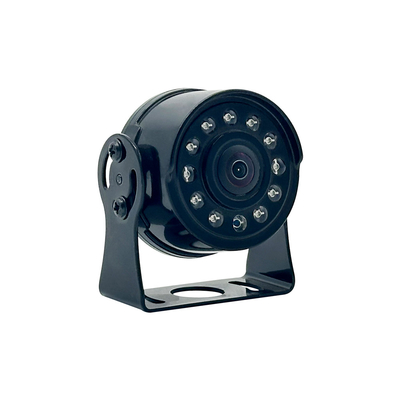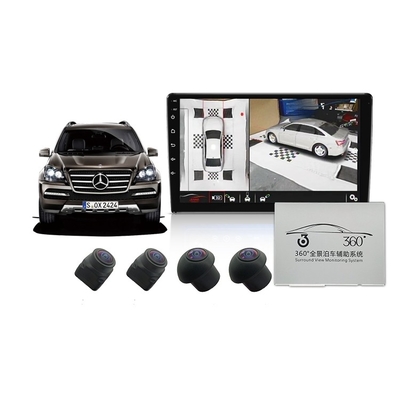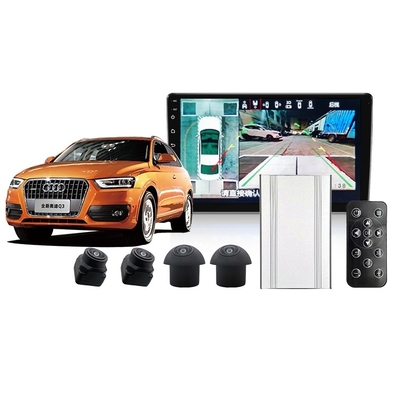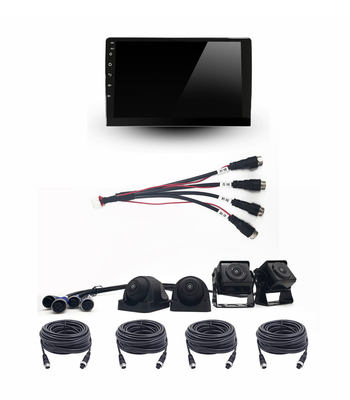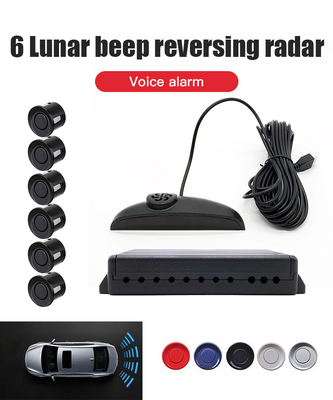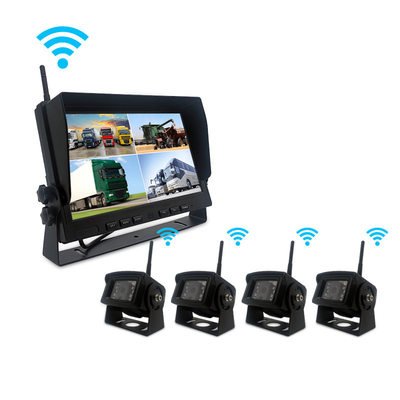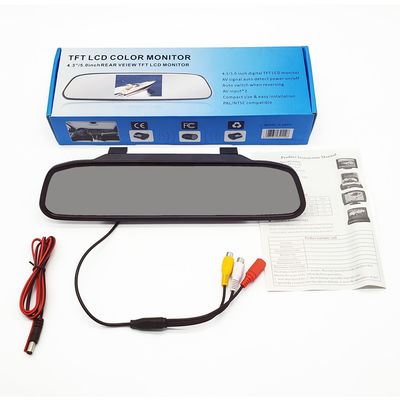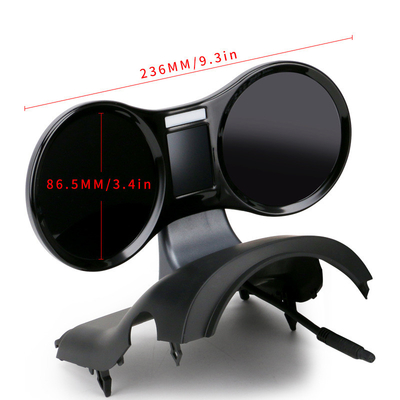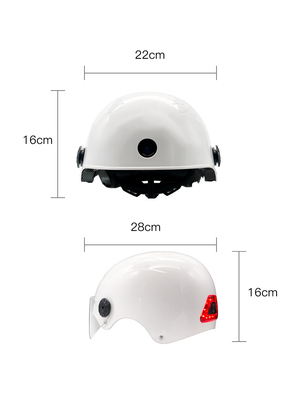Beeldresolutie
Een hogere resolutie betekent een helderder zicht op objecten, een nauwkeurigere uitlijning van vorkjes.Zoek naar ten minste standaard resolutie compatibel met fabrieksdisplays.
Slechte lichtgevoeligheid en nachtzicht
Een goede gevoeligheid zorgt ervoor dat er's nachts of in slecht verlichte magazijnen geen korrelig of vertraagd beeld wordt gemaakt.
Breedhoeklenzen
Een gebruiker moet beide zijden van het laadgangpad, de vloer bij de vork, de achterste zone zien als hij achteruit gaat.Een lenshoek van 120 graden of hoger biedt vaak een goede dekking.
Flexibiliteit van de stroominvoer
Vorkheftrucks kunnen DC12V, DC24V of systemen tussen negen en vierentwintig volt aanbieden.Optie op batterij: flexibiliteit bij installatie.
Schermgrootte en leesbaarheid weergeven
Het 7 inch scherm biedt een evenwicht tussen grootte en afleiding.Anti-blinkende behandelingen helpen in lichte omgevingen.
Robuustheid en weerbestendigheid
De behuizing moet de componenten beschermen. Een IP65, IP66 of beter garandeert waterdichtheid. Schokmontage voorkomt schade door ruwe beweging.
Montage- en installatiefuncties
Een verstelbare beugel voor kanteling helpt bij het uitlijnen van de kijkhoek. Flexible bedrading of batterij bevestiging zorgt voor een nette installatie. Montage van het scherm mag het zicht of de bediening van de bediener niet belemmeren.
Nachtzichtbereik en helderheid
Voor het werk buiten of in grote binnenplaatsen is een grotere afstand nuttig. Voor een binnenhuis is een korter bereik acceptabel.Duidelijk zicht met minimale vertraging houdt de bediener tijdig op de hoogte.
Toegang tot de reiniging en het onderhoud van de lens
Een ontwerp dat een gemakkelijke reiniging van de lens mogelijk maakt, beschermt de beeldklarheid. Stof, vuil, vet verlagen de kwaliteit. Zorg voor een beschermende dekmantel indien mogelijk. Regelmatig reinigingsschema aanbevolen.
Garantie en ondersteuning
Een goede garantie geeft gemoedsrust. Ondersteuning voor onderdelen vervangen, camera onderhoud, weergave vervangen materiaal. Het kiezen van leveranciers die achter het product staan zorgt voor een lange termijn betrouwbaarheid.

 Uw bericht moet tussen de 20-3.000 tekens bevatten!
Uw bericht moet tussen de 20-3.000 tekens bevatten! Controleer uw e-mail!
Controleer uw e-mail!  Uw bericht moet tussen de 20-3.000 tekens bevatten!
Uw bericht moet tussen de 20-3.000 tekens bevatten! Controleer uw e-mail!
Controleer uw e-mail! 
